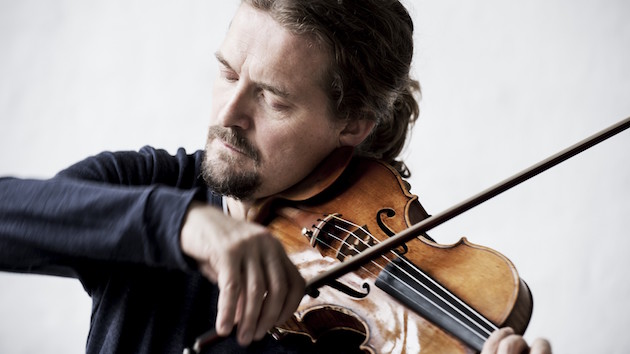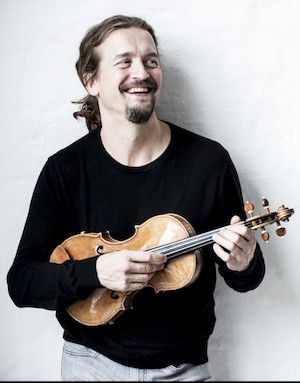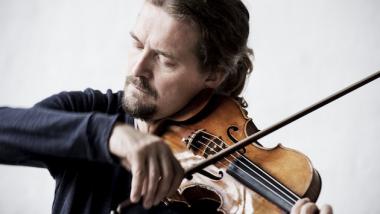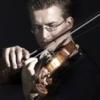
When Christian Tetzlaff took up the fugue movement in Bach’s Sonata No. 2 for solo violin, early on in his Sunday, Dec. 17 recital at Davies Hall, an almost eerie sense that he was not alone onstage took hold.
It wasn’t just that this 51-year-old German virtuoso was all but channeling the composer directly, communing with the heady and expansive explorations Bach conjures in his violin sonatas and partitas. In carving out the movement’s theme and densely wrought developments over a softly pulsing ostinato, Tetzlaff seemed to become two performers at once, so distinctly were the musical lines drawn and interwoven. One body, it seemed, couldn’t possibly contain all that technical skill and talent.
Those attributes were on ample and often jaw-dropping display at Davies. In a program that featured a sonata and partita in each half of the evening, Tetzlaff unfurled one marvel after another. Whirringly fleet runs; phrases decanted with near chemical precision; a kaleidoscope of shifting dynamics and accents; blithely authoritative double, triple, and quadruple stops; and faultless precision converged. The results, especially in the two minor-key works that opened the evening, transcended technique to connect music, artist, and listener in a transformative bond.
In the assorted dance movements of the Partita No. 2 in D Minor, Tetzlaff used a warm, amber tone paired with steely musical discipline to open the work into a sequence of architecturally rendered and dramatically lit rooms. The long-limbed Allemande gleamed through the shadowy depths of a two-beat, repeated-note figure. The Courante’s dotted rhythms conveyed a mood of driving instability. The Sarabande offered empathic, low-lit mournfulness. Then, following a momentum-driven but serenely controlled Gigue, came the famous Chaconne.
That movement, which submits its ferociously stated theme to a far-reaching set of variations, was the coruscating highlight of the recital. Tetzlaff was fearlessly wide-ranging, by turns tersely caustic, elastically probing and, in the idyllic major-key variations, wonderstruck. The migration back to the minor captured the magnificent and magisterial strangeness that may be the clearest watermark of Bach’s genius.

Perhaps a 20-minute intermission wasn’t long enough to restore one’s full receptivity. Or maybe the austerity of Tetzlaff’s stage presence began to take a bit of a toll. Dressed all in black from shoulders to toes, his hair fixed in a tight man bun at the back of his head, the performer offered only a few ghostly smiles and remained inwardly focused. Or perhaps the Sonata No. 3 in C Major and the Partita No. 3 in E Major felt a shade too sunny after the depths that had been measured before.
Whatever the reason, the second half of the evening didn’t quite pack the emotional punch of the first. That certainly wasn’t for any diminution in Tetzlaff’s prowess and conviction. The contours of the sonata’s fugue were broadly and lyrically drawn. The familiar Preludio of the third partita came off like a high-speed chase, gaining in velocity and derring do as it went.
Other passages didn’t fare as well. The Loure, right after that fleet-footed Preludio, felt a little frosty. The Gavotte and Rondeau could have benefitted from something jauntier, even cheeky. The occasions for humor throughout were not ones Tetzlaff seized. His buttoned-up demeanor conveyed the message: This was serious music-making, not to be taken lightly at any point.
Still, from that capacious and complexly argued fugue in the C major sonata to the blazing showpiece of a Gigue that brought the Partita No. 3 to a close, Tetzlaff delivered on his implicit promise. This was a night, from beginning to end, that commanded a listener’s full and focused attention.




